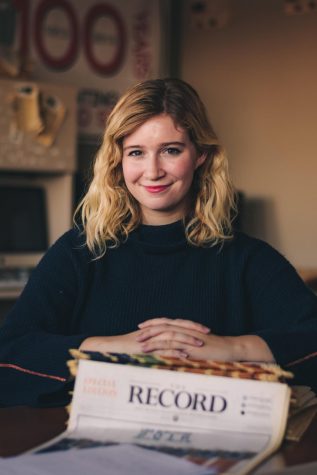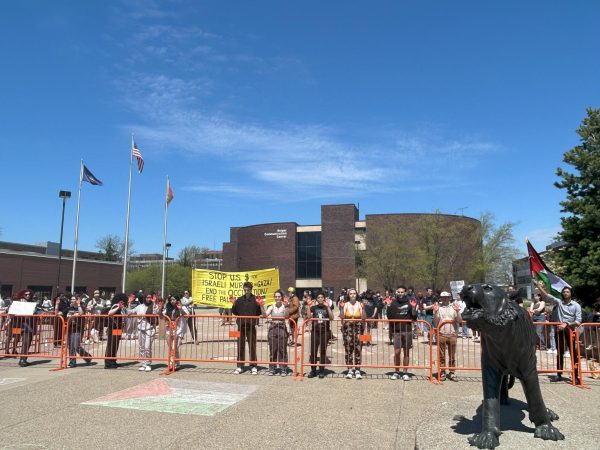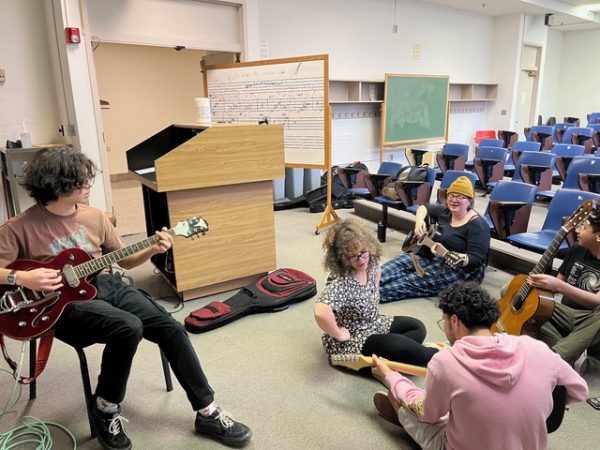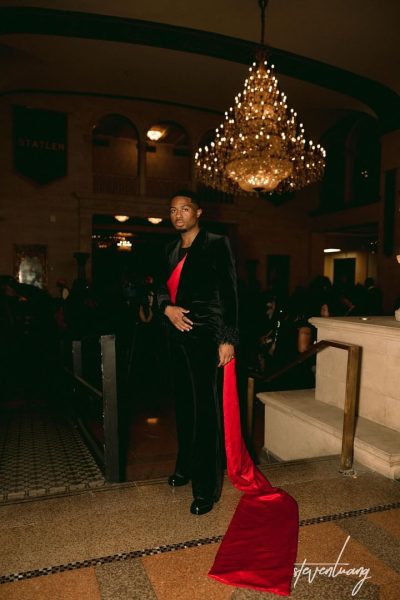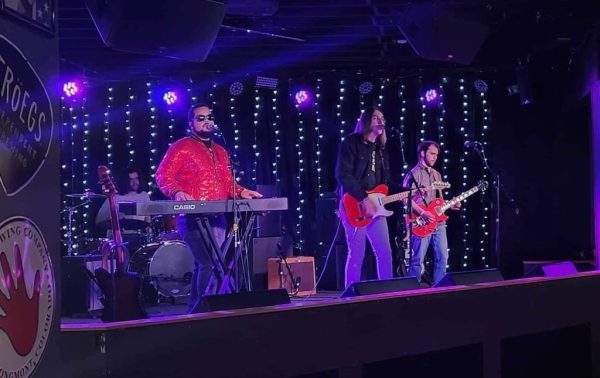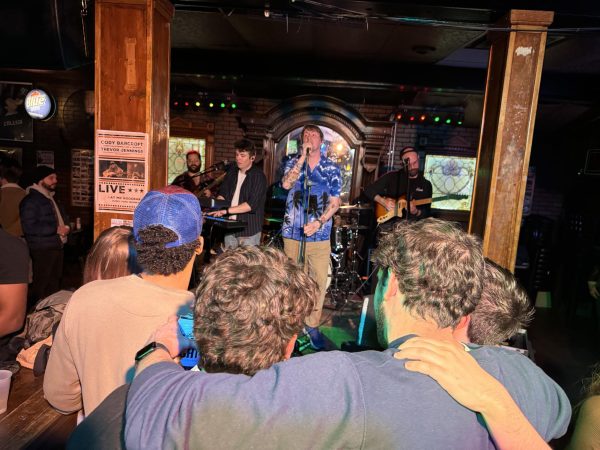Project Unbreakable gives sexual assault victims a voice
October 23, 2014
On the inside of Grace Brown’s left wrist, scribed in the handwriting of her mentor and permanently inked by her tattoo artist, is the word “Strength.”
On Brown’s right wrist, written by her close friend’s hand, is “Evolve.”
If strength is the quality that allows someone to deal with problems in a determined and effective way, and to evolve means to change into a better state, both words effectively describe Brown.
The 22-year-old left a budding school career in New York City to use her photography skills to aid victims of sexual assault.
In 2011, Grace started Project Unbreakable. This photography project features survivors of sexual assault holding a poster with quotes from their attacker. Grace snaps the pictures and uploads them to her website, www.projectunbreakable.org.
“I didn’t know how people were going to respond,” said Brown, who has several friends who were a victim of sexual assault. “I asked my friend if she wanted to be a part of it and she loved the idea. So I photographed her and a second person. I put those two images on a website, and the emails came pouring in.”
Project Unbreakable has featured over 4,000 photographs, both photos taken by Brown and submissions from all over the world.
“I never thought the project was going to get this big,” Brown said.
Project Unbreakable’s team is now three women who travel together to colleges and universities around North America to discuss the importance of sexual assault awareness, and encourage healing through the art of photography. The tour stopped in Buffalo two years ago with a rally, speak-out and candle-lit march to promote awareness.
“At first I got a little obsessed with my work,” Brown said.
She admits that taking on others’ burdens wasn’t easy. Caring for people who have experienced highly stressful events puts the caregiver at risk for developing similar stress-related symptoms, according to trauma stress researcher, Hudnall B. Stamm.
Brown’s high levels of empathy for sexual assault survivors made her work successful, but also put her at risk for experiencing secondary trauma stress.
“I saw trauma everywhere and I saw sexual assault everywhere so I couldn’t sit on the train without wondering who was a rapist and who had been raped,” Brown said. “I was constantly thinking about it and talking about it.”
She needed to find balance in her life.
“You know when you’re on a flight, and the attendant is giving you information on what to do? Setting the rules,” Brown said contemplatively, occasionally playing with her brown hair. “They always say to put on your own mask first before you put on someone else’s. I always think about that. It’s important that people who take care of others also take care of themselves.”
Her idea for helping survivors started three years ago.
“I remember going home and counting the number of people I knew who had been sexually assaulted and I couldn’t wrap my head around it,” Brown said. “It was constantly happening but we weren’t talking about it.”
Brown left school in 2011 to make the project possible, and has not gone back.
“I kind of let go of wanting to be a photographer for a while, and just focused on this project. But now I’m trying to do my personal photography work, too. That’s important,” said Brown, whose next goal is to get into yoga photography.
Brown says the first year of Project Unbreakable took a toll on her mental health.
“For a long time I was never really good at creating boundaries inside myself when I would hear these stories. I kind of let things sit inside of me,” Brown said. Friends noticed she wasn’t taking it well.
“When you’re focusing on everyone else’s stuff it means you’re neglecting your own life and experiences. So I’ve realized now in order to make both things healthy, I have to work through my own stuff while also staying open to everyone else’s,” Brown said.
The catalyst for change was a book written by Laura van Dernoot Lipsky; “Trauma Stewardship: An Everyday Guide to Caring for Self While Caring for Others.”
“I read her book two years ago, and it was extremely powerful,” Brown said, “Her book was the start of all this, but it’s a constant thing you have to work on.”
Lipsky is also the founder and director of Trauma Stewardship Institute. As stated on their website, they offer practical tools for cultivating the deep self-knowledge and systemic insights that are at the core of trauma stewardship through keynote speeches, experiential workshops and, occasionally, through direct consultation. They raise awareness of the cumulative toll and detrimental impacts working in trauma can have on mental health.
Brown and Lipsky worked together for several months in a mentor-type relationship.
“Trauma Institute is really incredible because not many people talk about the effects of working in trauma,” Brown said. “It’s not very common still to discuss it and to focus on it. But it’s very important that the people who take care of others are also taking care of themselves.”
Email: [email protected]



